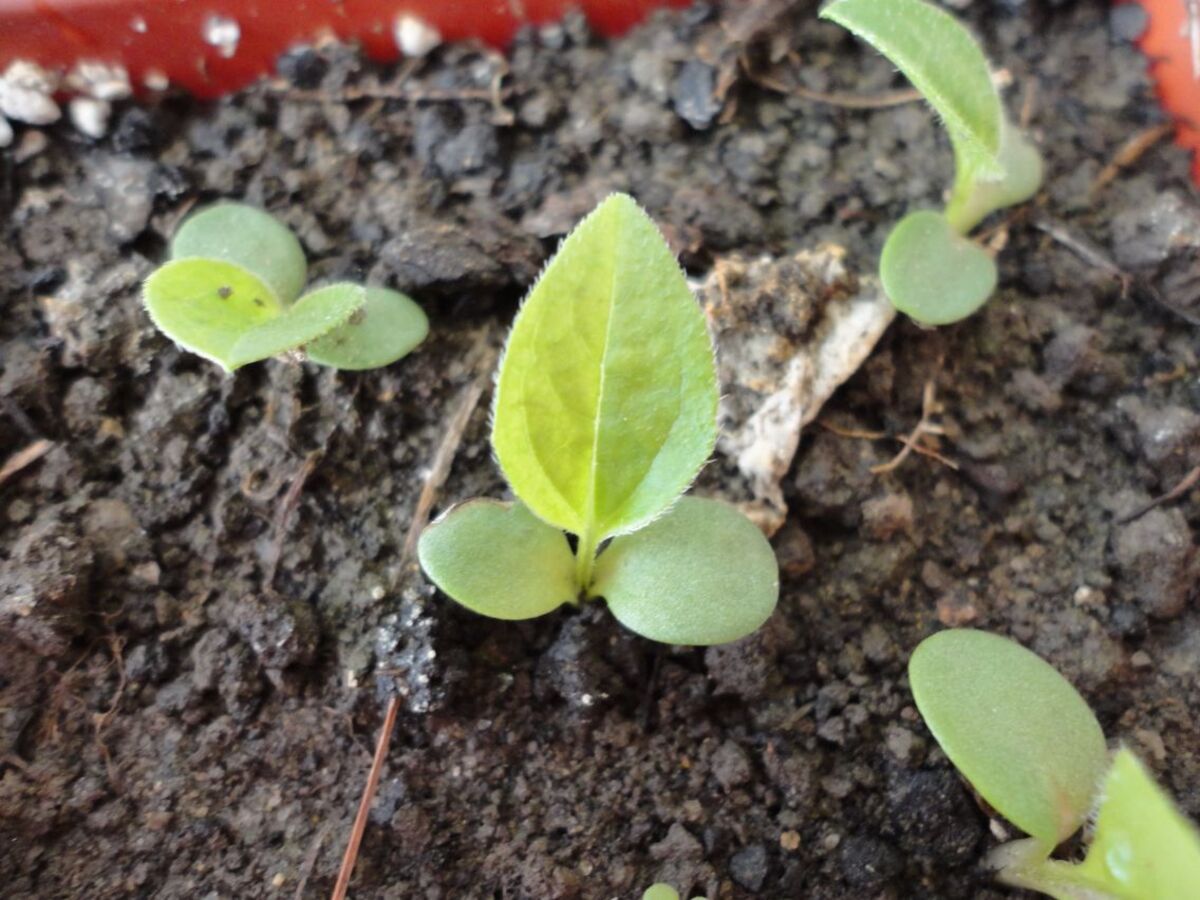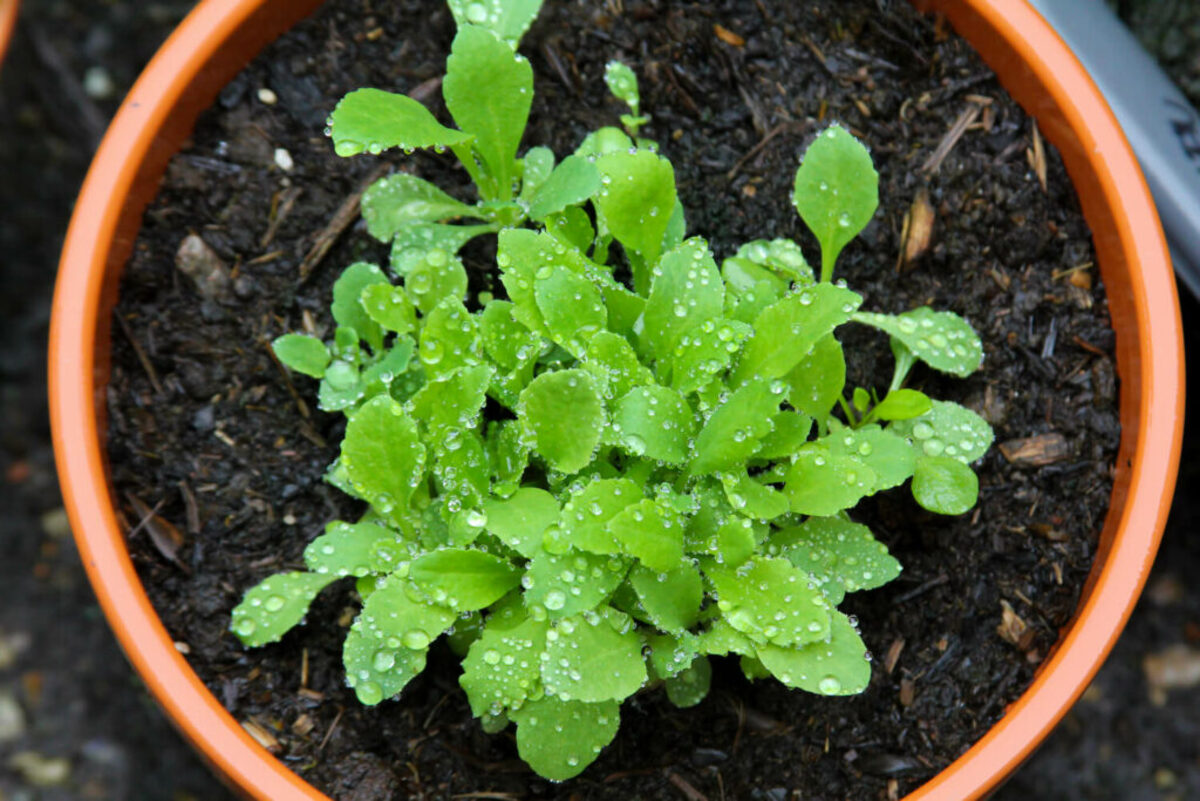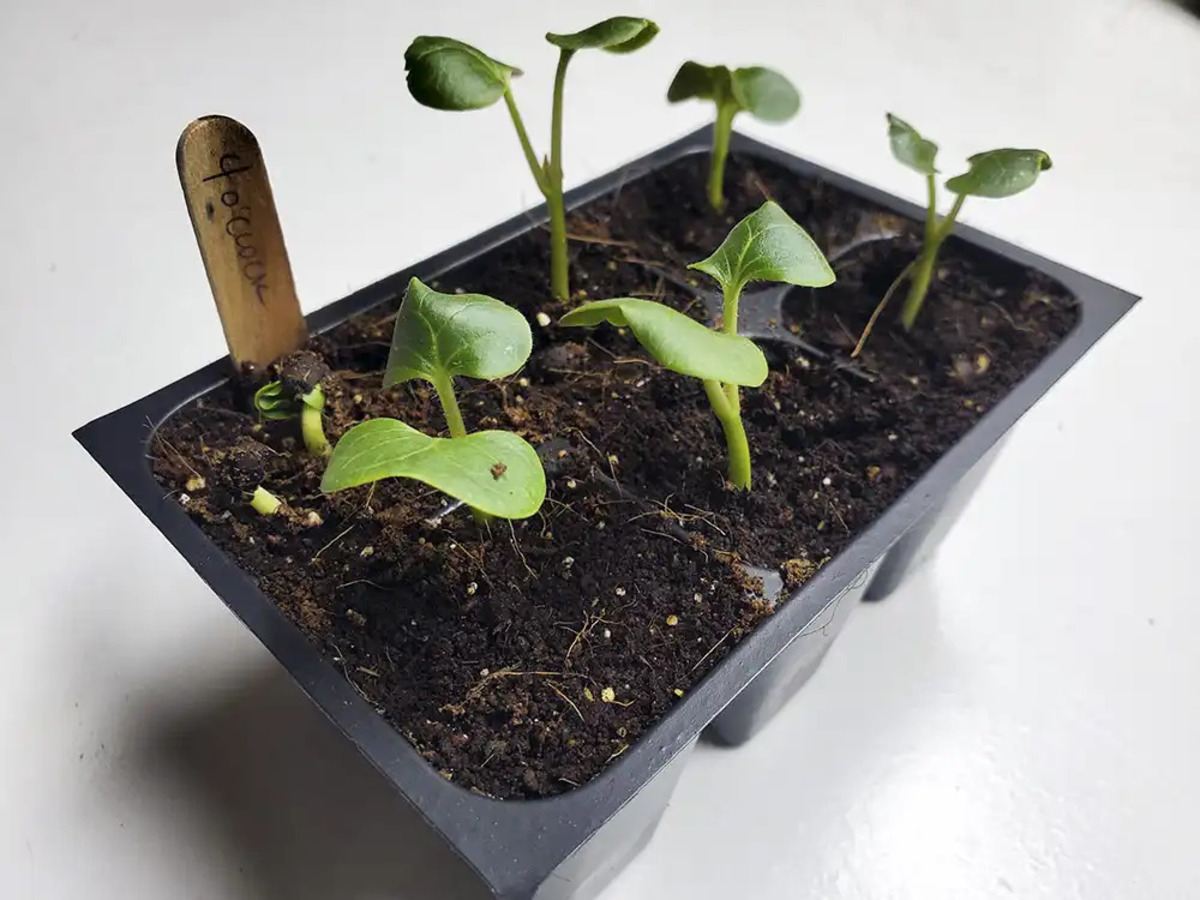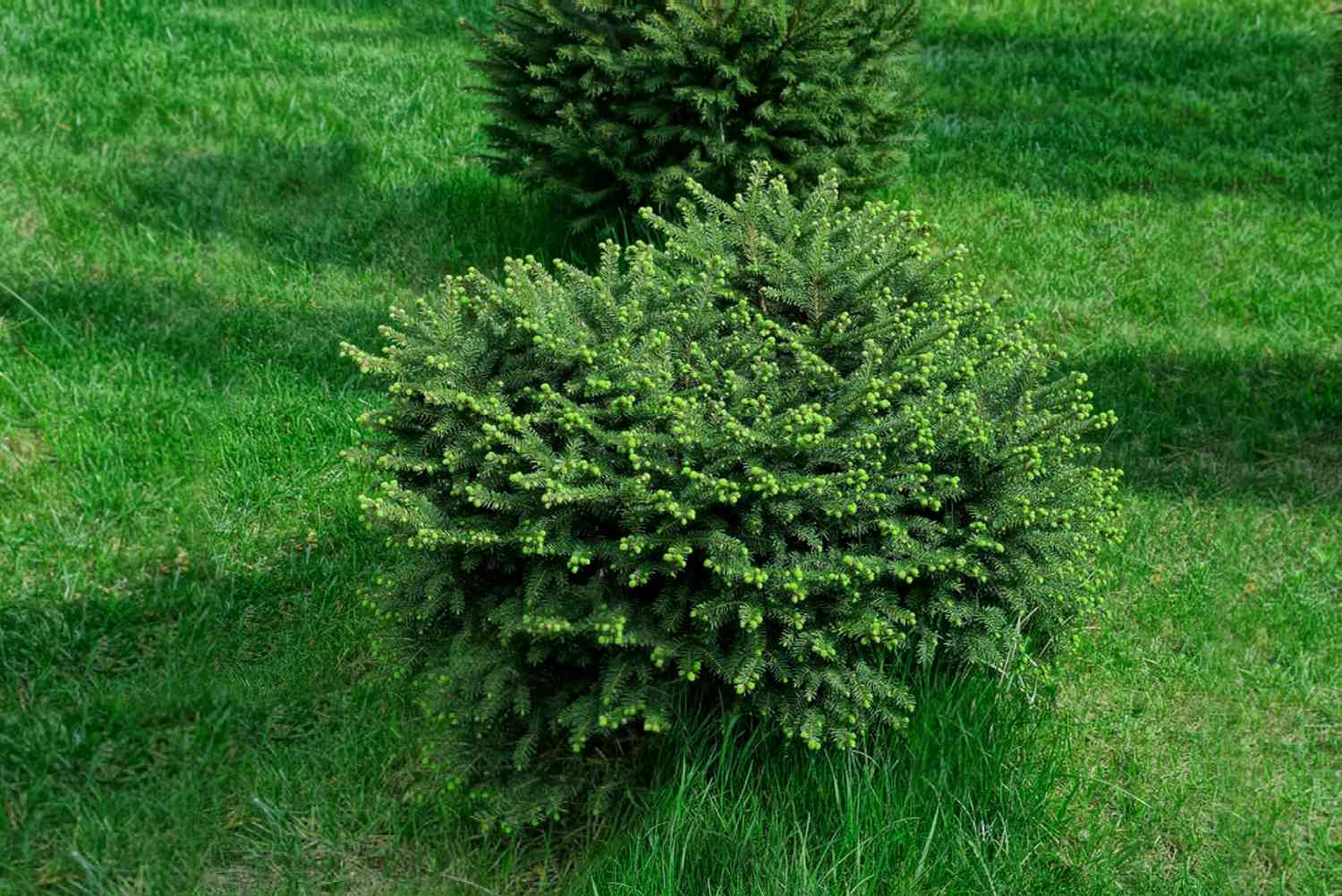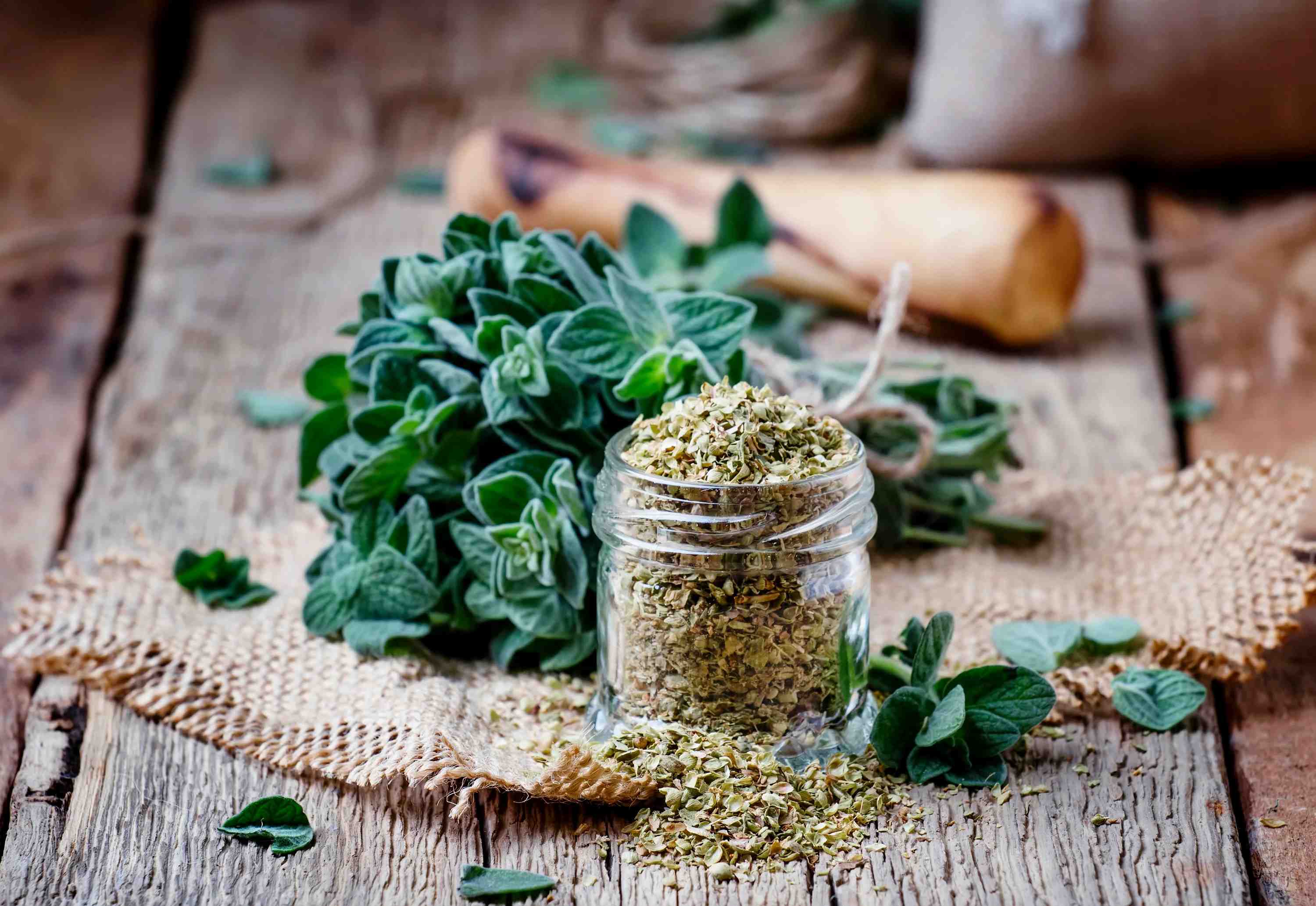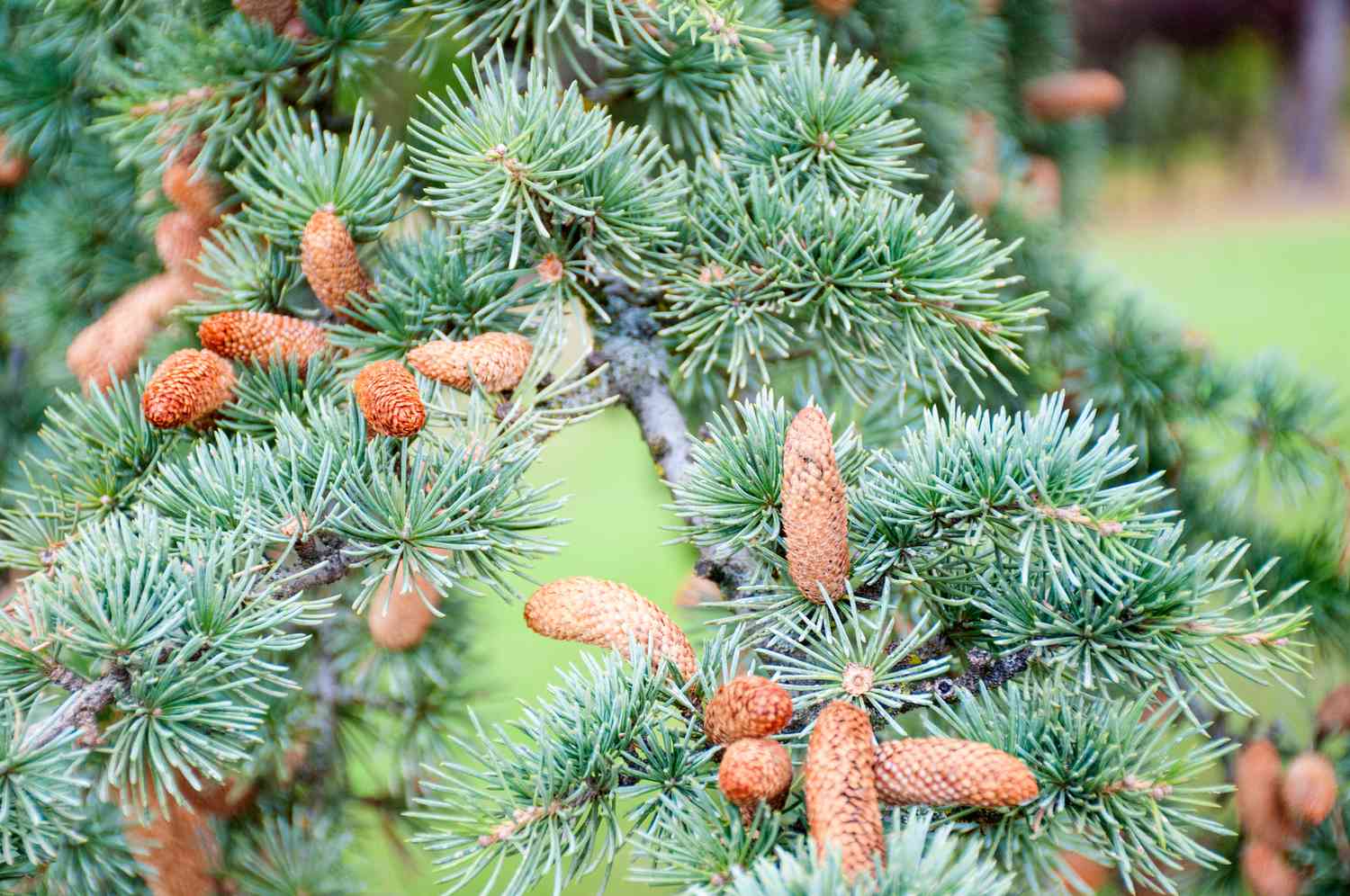Home>Types of Gardening>Ornamental Gardening>What Do Sweet Pea Seedlings Look Like


Ornamental Gardening
What Do Sweet Pea Seedlings Look Like
Modified: February 7, 2024
Discover what sweet pea seedlings look like in ornamental gardening. Learn how to identify and care for these delicate and fragrant plants as they begin to grow.
(Many of the links in this article redirect to a specific reviewed product. Your purchase of these products through affiliate links helps to generate commission for Chicagolandgardening.com, at no extra cost. Learn more)
Table of Contents
Introduction
Welcome to the captivating world of ornamental gardening! If you have a passion for adding beauty and color to your outdoor space, then you are in for a treat. One plant that is sure to delight your senses and bring charm to your garden is the sweet pea. Sweet peas are beloved for their beautiful, fragrant flowers and delicate vines that gracefully climb trellises, fences, and arbors.
In this article, we will explore the fascinating journey of sweet pea seedlings. From their characteristic leaf and stem structure to their intricate root system, we will uncover the secrets of sweet pea seedling development. We will also discuss the environmental requirements necessary for their optimal growth and how to care for them to ensure their health and vibrancy.
Whether you are a seasoned gardener or just starting your gardening adventure, understanding the characteristics and needs of sweet pea seedlings will set you on the path to successful ornamental gardening. So, buckle up and get ready to dive into the enchanting world of sweet pea seedlings! Let’s explore what makes them so special and how to nurture their growth to create a truly magnificent garden.
Characteristics of Sweet Pea Seedlings
Before we delve into the growth and development of sweet pea seedlings, let’s take a closer look at their unique characteristics. Understanding these traits will help us identify and care for these delicate plants more effectively.
Leaf Structure: Sweet pea seedlings have compound leaves that are comprised of several leaflets. These leaflets are arranged opposite each other along the stem. Each leaflet is oval-shaped with a smooth edge, giving the leaves a lush and verdant appearance.
Stem Structure: Sweet pea seedlings have slender, climbing stems that enable them to reach for the sky. As they grow, these stems wrap themselves around trellises or other support structures. This climbing habit makes sweet peas an excellent choice for vertical gardens or creating a stunning focal point in your garden space.
Root System: Beneath the surface, sweet pea seedlings develop a complex and robust root system. Their roots spread out, allowing them to absorb nutrients and water effectively from the soil. This well-developed root system helps anchor the plant and provides the necessary support for its upward growth.
Flower Buds: While still in the seedling stage, sweet pea plants start to form tiny flower buds. These buds hold the promise of the breathtaking blooms yet to come. You’ll notice small clusters of buds forming at the tips of the stems, gradually elongating and maturing into vibrant flowers.
Color Variation: Sweet pea seedlings exhibit a wide range of colors and color combinations. From pastel hues of pink, lavender, and cream to bold shades of red, purple, and blue, there is a sweet pea variety to suit every taste and garden theme.
Fragrance: One of the most delightful aspects of sweet pea seedlings is their sweet and intoxicating fragrance. As the flowers bloom, they release a captivating scent that permeates the air, turning your garden into a fragrant oasis.
By understanding the unique characteristics of sweet pea seedlings, you will be better equipped to care for them and appreciate their beauty as they grow and mature. Now, let’s explore the exciting journey of their growth and development!
Leaf Structure
The leaf structure of sweet pea seedlings is both distinctive and beautiful. These plants boast compound leaves, meaning each leaf is composed of multiple leaflets. The arrangement of these leaflets is opposite each other along the stem.
The individual leaflets of sweet pea seedlings are oval-shaped with a smooth edge. They have a lush, vibrant green color, adding a touch of freshness to your garden. The leaflets are attached to a central stem, called the rachis, which gives the compound leaf its overall shape.
As sweet pea seedlings grow, the leaflets increase in size and become more defined. They are typically delicate and somewhat tender, exhibiting a slightly glossy surface. The texture of the leaflets is smooth, and they are often soft and pliant to the touch.
The leaflets are arranged in pairs along the rachis, with a single, odd leaflet located at the end. This odd leaflet is larger than the paired leaflets and gives the compound leaf a symmetrical appearance. This arrangement provides a visually pleasing symmetry to the overall leaf structure of sweet pea seedlings.
The compound leaves of sweet pea seedlings serve several important functions. Firstly, they are responsible for photosynthesis, the process through which plants convert sunlight into energy. The lush green leaflets contain chlorophyll, the pigment that enables plants to absorb light and convert it into energy.
Secondly, the leaves play a crucial role in transpiration, the process by which plants release water vapor through their stomata. This allows the plant to regulate its temperature and maintain proper hydration levels.
In addition to their vital functions, the compound leaves of sweet pea seedlings add beauty and depth to the plant’s overall aesthetic. Their delicate, symmetrical structure enhances the visual appeal of the seedlings and contributes to the overall charm of the sweet pea plant.
Now that we’ve explored the leaf structure of sweet pea seedlings, let’s move on to examine their stem structure and the role it plays in their growth and development.
Stem Structure
The stem structure of sweet pea seedlings is essential for their growth and upward climbing habit. These plants have slender, wiry stems that exhibit a remarkable ability to twine and cling to support structures such as trellises, fences, and arbors.
The stems of sweet pea seedlings start out thin and delicate but gradually thicken and strengthen as the plants mature. As the seedlings grow, they send out long, elongated stems that reach towards the sky, seeking out sunlight for photosynthesis.
Sweet pea stems are relatively flexible, allowing them to bend and adapt as they climb. This flexibility enables the seedlings to navigate their way around trellises and other structures, creating a graceful and captivating display.
One fascinating aspect of sweet pea stems is the presence of tendrils. Tendrils are specialized structures that grow from the nodes along the stem. These slender, curling appendages are highly sensitive to touch and can wrap around nearby objects for support.
The tendrils of sweet pea seedlings are known as “curling tendrils” because they have a unique spiral shape. As the seedlings grow, the tendrils extend and curl around nearby objects, allowing the plant to anchor itself and climb upwards.
It’s worth noting that not all sweet pea varieties have tendrils; some have simple stems that rely on other support structures. However, the majority of sweet pea seedlings possess these fascinating tendrils as an adaptation for climbing and securing themselves.
The stem structure of sweet pea seedlings is crucial for their growth, as it allows them to reach greater heights and access sunlight for energy production through photosynthesis. The ability to climb and cling to support structures also adds a dynamic and visually appealing element to the garden.
Now that we’ve explored the stem structure of sweet pea seedlings, let’s delve into their root system and the role it plays in their overall development and stability.
Root System
The root system of sweet pea seedlings is integral to their growth and overall stability. Beneath the surface, a complex network of roots develops, anchoring the plant and providing it with essential nutrients and water.
The primary root of a sweet pea seedling, also known as the taproot, grows downwards into the ground. From this taproot, smaller lateral roots branch out in all directions. These lateral roots are responsible for absorbing water and nutrients from the soil.
The roots of sweet pea seedlings are typically fibrous, meaning they consist of many small, fine roots that spread out extensively. This fibrous root system enhances the plant’s ability to absorb water and nutrients efficiently.
As sweet pea seedlings continue to grow, their root system expands, forming a dense network that helps stabilize the plant and provides it with the necessary support to climb and reach for sunlight. The roots also play a role in preventing erosion by anchoring the soil.
The root system of sweet pea seedlings is especially important during dry periods, as it enables the plants to access water deep within the soil. This deep-rooting ability allows sweet peas to withstand drought conditions better than many other plants.
It’s worth mentioning that the health and vitality of the roots are crucial for the overall well-being of the sweet pea plant. Regular watering and adequate drainage are essential to avoid waterlogged soil, which can lead to root rot and hinder root development.
Proper care and maintenance of the root system, such as loosening compacted soil and adding organic matter, can also contribute to the success of sweet pea seedlings. These practices promote a healthy root environment and enhance nutrient uptake.
The remarkable root system of sweet pea seedlings not only supports their growth and stability but also ensures their ability to thrive in various environmental conditions. Now that we’ve explored the characteristics of the root system, let’s move on to the growth and development of sweet pea seedlings.
Growth and Development
The growth and development of sweet pea seedlings is an intriguing journey that transforms a tiny seed into a vibrant, climbing plant. Understanding the different stages of growth will help you nurture your seedlings and ensure their successful development.
Germination: It all begins with the germination process. When the sweet pea seeds are provided with the right conditions of moisture, warmth, and oxygen, they sprout and send out a small root, followed by a shoot. This marks the beginning of the seedling stage.
Seedling Stage: During this stage, sweet pea seedlings focus on establishing a strong root system and developing their delicate leaves and stems. They rely on a steady supply of water, nutrients, and sunlight to fuel their growth.
Foliage Growth: As the seedlings continue to grow, their leaves become more pronounced, lush, and vibrant. The compound leaves expand in size, and the number of leaflets may increase as well. The stems also elongate, preparing for their climbing habit.
Flower Bud Formation: As the seedling stage progresses, sweet pea plants begin to form tiny flower buds at the tips of their stems. These buds gradually develop and mature into the beautiful, fragrant flowers that sweet peas are known for.
Vertical Growth and Climbing: With their slender and flexible stems, sweet pea seedlings exhibit exceptional climbing abilities. As they grow taller, their tendrils wrap around nearby support structures, enabling the plants to climb upward and reach for sunlight.
Maturation and Flowering: Eventually, the sweet pea seedlings reach maturity, and their hard work pays off as they produce stunning blooms. The flowers come in a wide range of colors and may exhibit pleasant fragrance, attracting pollinators and adding a touch of beauty to your garden.
It’s important to note that the length of each stage of growth may vary depending on several factors, including climate, care, and specific variety. Generally, sweet pea seedlings take several weeks to reach maturity and start flowering.
By understanding the growth and development process, you can provide the proper care and support needed for your sweet pea seedlings to thrive. Now that we’ve explored the journey of these seedlings, let’s move on to discuss the environmental requirements for their optimal growth.
Environmental Requirements
For sweet pea seedlings to flourish and reach their full potential, it’s crucial to provide them with the proper environmental conditions. Let’s explore the key requirements necessary for their optimal growth and development.
Sunlight: Sweet pea seedlings thrive in full sun to partial shade. They require at least 6 hours of direct sunlight per day to ensure healthy growth and abundant flower production. Placing them in a spot that receives ample sunlight will help them reach their maximum potential.
Temperature: Sweet peas are cool-season plants and prefer moderate temperatures. They grow best in a temperature range of 55-70°F (13-21°C). Avoid exposing them to extreme heat, as it can cause adverse effects on their growth. If you live in a hot climate, consider providing some afternoon shade to protect the seedlings from excessive heat.
Soil: Sweet peas prefer well-draining soil with a pH level between 6.0 and 7.5. They thrive in fertile, loamy soil that is rich in organic matter. Before planting, prepare the soil by incorporating compost or aged manure to improve its fertility and drainage. Avoid heavy clay soils, as they can retain too much moisture and lead to root rot.
Watering: Sweet pea seedlings have moderate water requirements. It’s important to keep the soil evenly moist but not waterlogged. Overwatering can lead to fungal diseases, while underwatering can stunt growth. Aim to provide about 1 inch of water per week, adjusting based on rainfall and soil moisture levels.
Fertilization: Sweet pea seedlings benefit from regular feeding to support their growth and flower production. Use a balanced, water-soluble fertilizer once every two to three weeks during the growing season. Be sure to follow the manufacturer’s instructions for the proper dosage and application method.
Support Structures: Since sweet peas are climbing plants, they require support structures such as trellises, fences, or arbors. These structures provide stability and allow the seedlings to climb and reach for sunlight. Install the support system before planting the seedlings to avoid disturbing their delicate roots later on.
Air Circulation: Good air circulation is important for preventing the buildup of moisture and reducing the risk of fungal diseases. Avoid planting sweet peas too closely together, as overcrowding can impede airflow. Pruning any dense foliage can also help improve air circulation within the plants.
By providing the right environmental conditions, such as adequate sunlight, proper temperature, well-draining soil, and appropriate watering and fertilization, you can create a conducive environment for sweet pea seedlings to flourish.
Now that we’ve established their environmental requirements, let’s discuss some common pests and diseases that can affect sweet pea seedlings and how to manage them effectively.
Common Pests and Diseases
Like any other plants, sweet pea seedlings are susceptible to certain pests and diseases that can hinder their growth and affect their overall health. Being aware of these potential threats and knowing how to manage them can help ensure the well-being of your sweet pea plants.
Aphids: These tiny, soft-bodied insects can be a common pest for sweet peas. They feed on the plant’s sap, causing stunted growth and distorted leaves. To control aphids, you can try spraying the affected plants with a strong stream of water or using insecticidal soap. Introducing beneficial insects like ladybugs can also help keep aphid populations in check.
Snails and Slugs: These slimy creatures can feast on the tender leaves and stems of sweet pea seedlings, leaving behind chewed foliage and unsightly trails. To deter snails and slugs, you can create barriers such as copper tape around your plants or use organic slug pellets. Clearing away garden debris and maintaining a tidy garden can also reduce their hiding places.
Powdery Mildew: Powdery mildew is a fungal disease that presents as a white, powdery coating on the leaves and stems of sweet pea seedlings. It thrives in warm, humid conditions. To prevent or manage powdery mildew, ensure proper air circulation by spacing your plants adequately. If the disease has already taken hold, you can use organic fungicides or neem oil to help control its spread.
Botrytis Blight: Also known as gray mold, botrytis blight can cause browning and decay of the flowers and foliage of sweet pea plants. This fungal disease thrives in cool, wet conditions. To prevent botrytis blight, avoid overhead watering and provide good airflow. If you notice any infected parts, promptly remove and dispose of them to prevent further spread.
Virus Diseases: Sweet peas can be susceptible to various virus diseases, such as mosaic virus and leaf roll virus. These diseases cause mottled or distorted leaves and can impact the overall vigor of the plants. Prevention is key in managing virus diseases – ensure proper hygiene practices, such as sanitizing tools, and avoid planting sweet peas near infected plants.
Regular monitoring of your sweet pea seedlings is essential to catch and address any pest or disease issues early. Proper cultural practices, such as maintaining good sanitation, providing adequate airflow, and practicing regular watering and fertilization, can also help improve the plant’s resilience to pests and diseases.
Now that we’ve discussed common pests and diseases, let’s move on to understanding how to care for and maintain sweet pea seedlings to ensure their overall health and vigor.
Care and Maintenance of Sweet Pea Seedlings
Giving proper care and maintenance to your sweet pea seedlings is essential for their growth and overall health. Here are some key tips to ensure that your plants thrive and produce abundant, beautiful blooms.
Watering: Sweet peas prefer consistent moisture, so it’s important to keep the soil evenly moist, especially during dry periods. However, be cautious not to overwater, as it can lead to root rot. Water deeply, allowing the water to penetrate the root zone, and avoid wetting the foliage to prevent fungal diseases.
Support and Training: Since sweet peas are climbing plants, they need support structures to grow and thrive. Install trellises, fences, or other structures before planting the seedlings. As the plants grow, gently guide and train their stems to climb the supports, ensuring they don’t become tangled or overcrowded.
Pruning and Deadheading: Regular pruning and deadheading help promote healthy growth and prolong flowering. Prune any damaged, diseased, or overcrowded stems to maintain good airflow and reduce the risk of pests and diseases. Deadhead the spent flowers to encourage further blooming and prevent seed production.
Fertilization: Sweet pea seedlings benefit from regular feeding to support their growth and flower production. Apply a balanced, water-soluble fertilizer every two to three weeks during the growing season. Be sure to follow the manufacturer’s instructions for the proper dosage and application method.
Weed Control: Keep the area around your sweet pea seedlings free from weeds. Weeds compete for nutrients, water, and sunlight, which can hinder the growth and development of your plants. Regularly remove any weeds by hand or use a gardening tool to prevent them from overtaking your sweet peas.
Mulching: Apply a layer of organic mulch, such as straw or wood chips, around the base of your sweet pea seedlings. Mulch helps conserve moisture, suppress weed growth, and regulate soil temperature. It also adds a neat and tidy appearance to your garden bed.
Disease and Pest Monitoring: Regularly inspect your sweet pea plants for signs of pests or diseases. Early detection allows for prompt intervention and management. Remove any infected or infested plant parts to prevent the spread of pests or diseases. Encourage beneficial insects, such as ladybugs and lacewings, to establish in your garden to help control pest populations naturally.
Harvesting Seeds: If you want to save seeds from your sweet pea plants, allow the pods to fully mature and dry on the plant. Once they are dry, remove the pods and gently open them to collect the seeds. Store the seeds in a cool, dry place for future planting.
By following these care and maintenance practices, you can ensure the health and vibrancy of your sweet pea seedlings, allowing them to reach their full potential and grace your garden with their stunning blooms.
Now that we’ve covered all aspects of caring for sweet pea seedlings, let’s wrap up with a recap of what we’ve learned.
Conclusion
Congratulations! You have now gained a deeper understanding of sweet pea seedlings and their journey from tiny seeds to beautiful climbing plants. We explored the unique characteristics of their leaf and stem structures, as well as their intricate root system. We also learned about the different stages of their growth and development, from germination to maturation and flowering.
To ensure the optimal growth of your sweet pea seedlings, we discussed the importance of providing the right environmental conditions, including sunlight, temperature, well-draining soil, and adequate watering. We also touched on the common pests and diseases that may affect sweet peas and how to manage them effectively.
With proper care and maintenance, such as watering, supporting and training the plants, pruning, deadheading, fertilizing, and weed control, you can help your sweet pea seedlings thrive and produce abundant, fragrant blooms. Regular monitoring for pests and diseases and prompt actions will ensure their overall health and vigor.
Remember to enjoy the beauty and fragrance of your sweet pea plants as they grow and flourish. Their stunning blooms will surely add charm and allure to your garden, and their delicate vines will create graceful displays as they climb trellises or other support structures.
So, armed with this knowledge, go ahead and embark on your ornamental gardening journey with sweet pea seedlings. Watch as they transform your garden into a vibrant oasis filled with color and fragrance.
Happy gardening!
